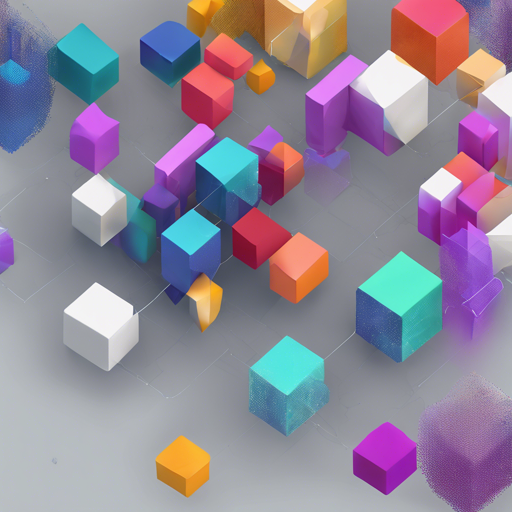Welcome to your go-to guide for using the Torch Points 3D framework, a pioneering tool for deep learning model implementation in point cloud analysis. This article will walk you through the installation process, project structure, and ways to execute various tasks using this robust framework. Let’s dive in!
Getting Started
Before diving into the meat of point cloud operations, we need to ensure that your environment is primed and ready.
Requirements
- CUDA 10 or higher (for GPU compatibility)
- Python 3.7 or higher (with headers)
- PyTorch 1.8.1 or higher (version 1.9 is recommended)
- A Sparse convolution backend (optional)
For ease of installation, it is highly recommended to use Docker. This ensures that all dependencies align perfectly. You can pull the Docker image using the following command:
docker pull pytorch/pytorch:1.10.0-cuda11.3-cudnn8-develSetting Up Your Environment
Once Docker is up and running, the next step is to install the necessary packages. This can be accomplished using pip:
pip install torch-points3dUnderstanding Project Structure
The beauty of Torch Points 3D lies in its organized project structure, which allows for easy navigation and efficient management. Below is a broad overview:
- benchmark: Output from various benchmark runs
- conf: Configuration files for training and evaluation (leave this alone)
- notebooks: Collection of notebooks for result exploration
- docker: Docker images for inference or training
- torch_points3d: Core components, datasets, models, metrics, and utilities
Think of the project structure as your toolbox. Each compartment (folder) holds essential tools (scripts and files) needed for specific tasks. This organization helps prevent the clutter typically associated with coding projects.
Executing Point Cloud Tasks
Torch Points 3D supports various tasks such as classification, segmentation, object detection, and more. Here’s a quick glance at how to execute one of these tasks:
bash
poetry run python train.py task=segmentation models=segmentation/pointnet2 model_name=pointnet2_charlesssg data=segmentations/shapenet-fixed
Troubleshooting
Like any technological endeavor, you may encounter issues. Here are some common troubleshooting tips:
- Cannot compile certain CUDA kernels: Ensure you have PyTorch 1.8.0 installed. Verify your CUDA paths.
- Undefined symbols: After updating PyTorch, reinstall torch-points-kernels and related packages.
- CUDA kernel failed: Recompile the torch-points-kernels library for your specific GPU architecture.
- Using Weights and Biases (wandb) on Windows: Work around any errors by disabling wandb logging during runs.
For more insights, updates, or to collaborate on AI development projects, stay connected with fxis.ai.
Conclusion
At fxis.ai, we believe that such advancements are crucial for the future of AI, as they enable more comprehensive and effective solutions. Our team is continually exploring new methodologies to push the envelope in artificial intelligence, ensuring that our clients benefit from the latest technological innovations.
Follow this blog format to set up and start leveraging Torch Points 3D for your point cloud analysis tasks successfully!

